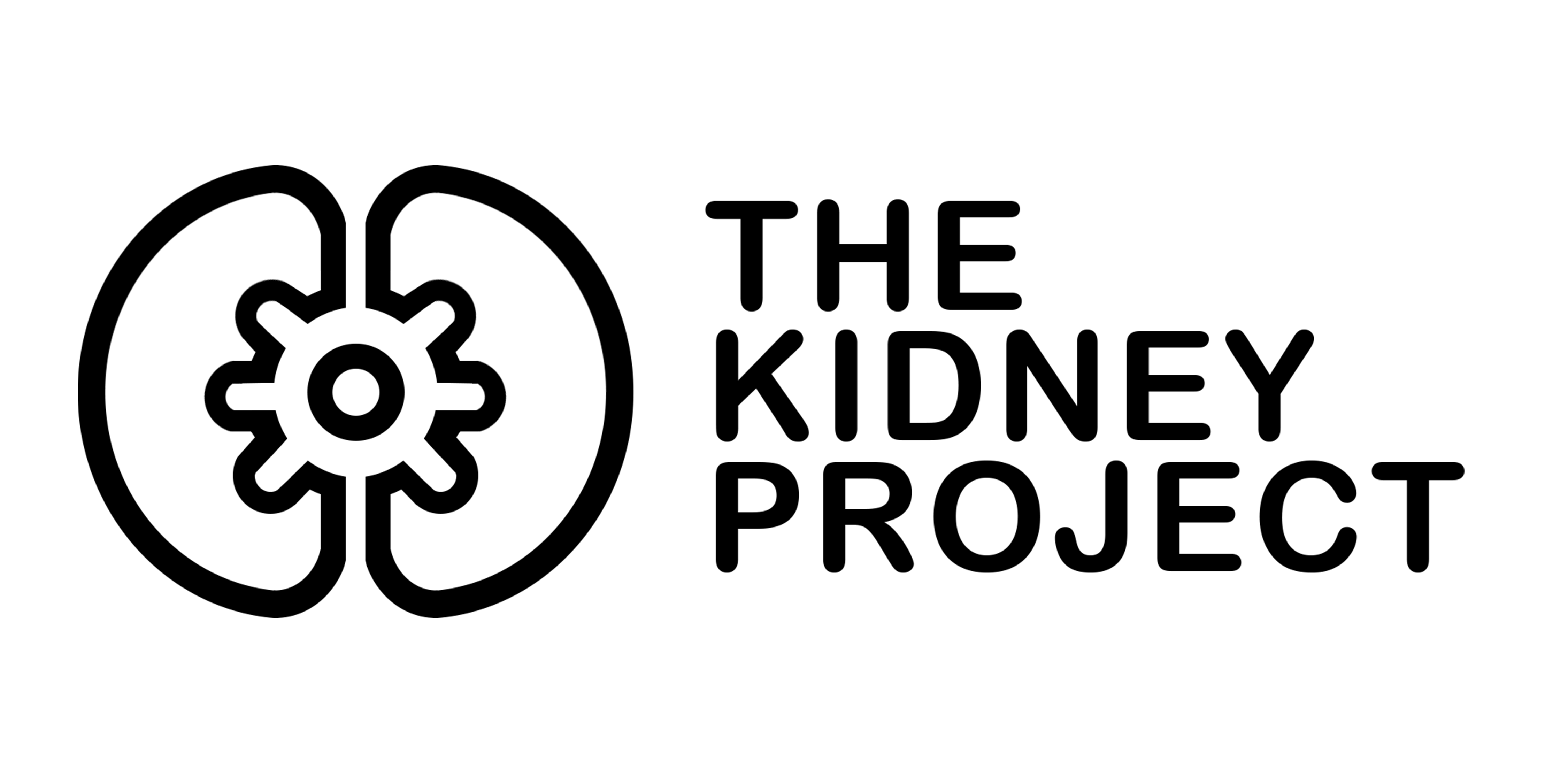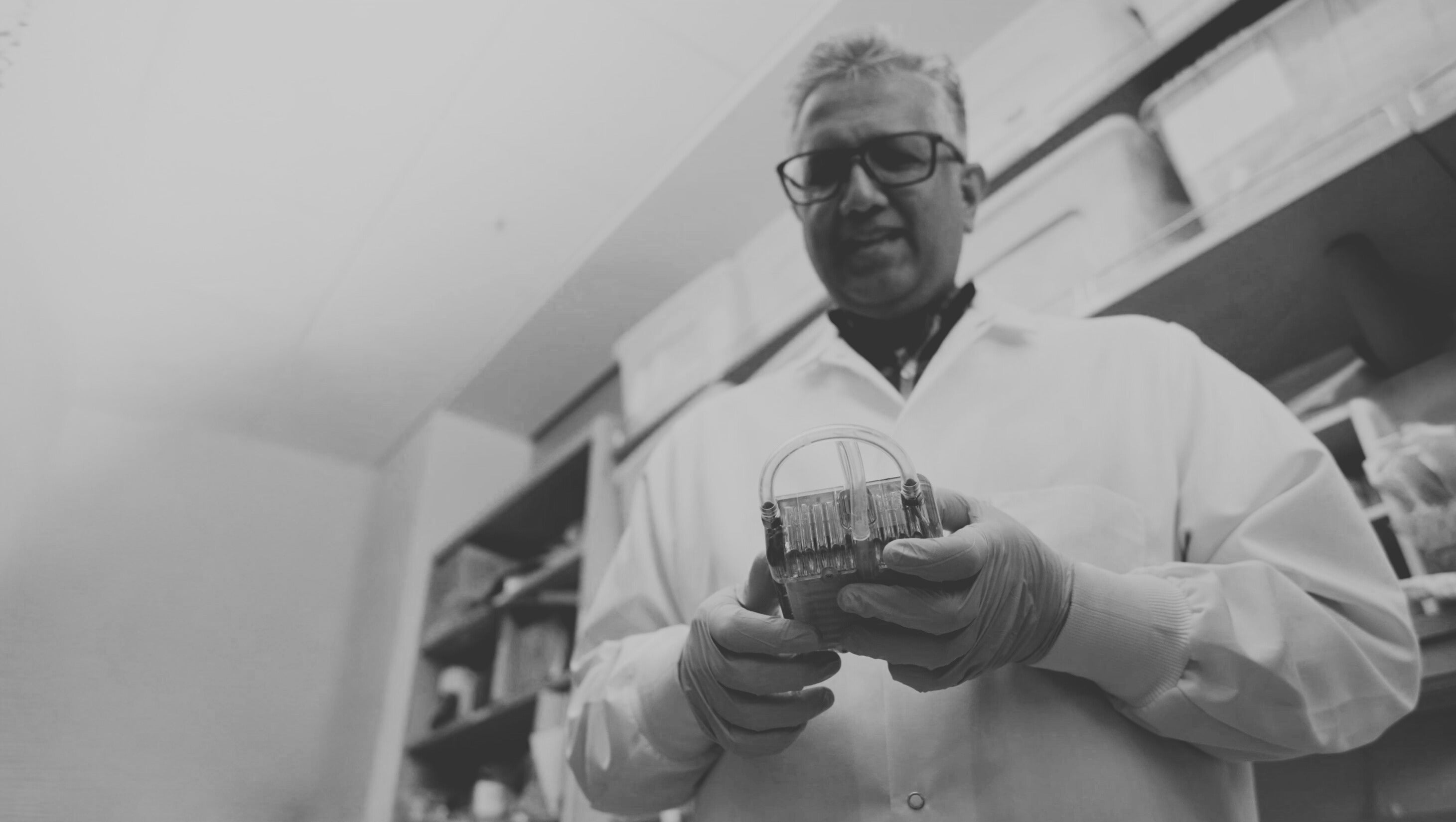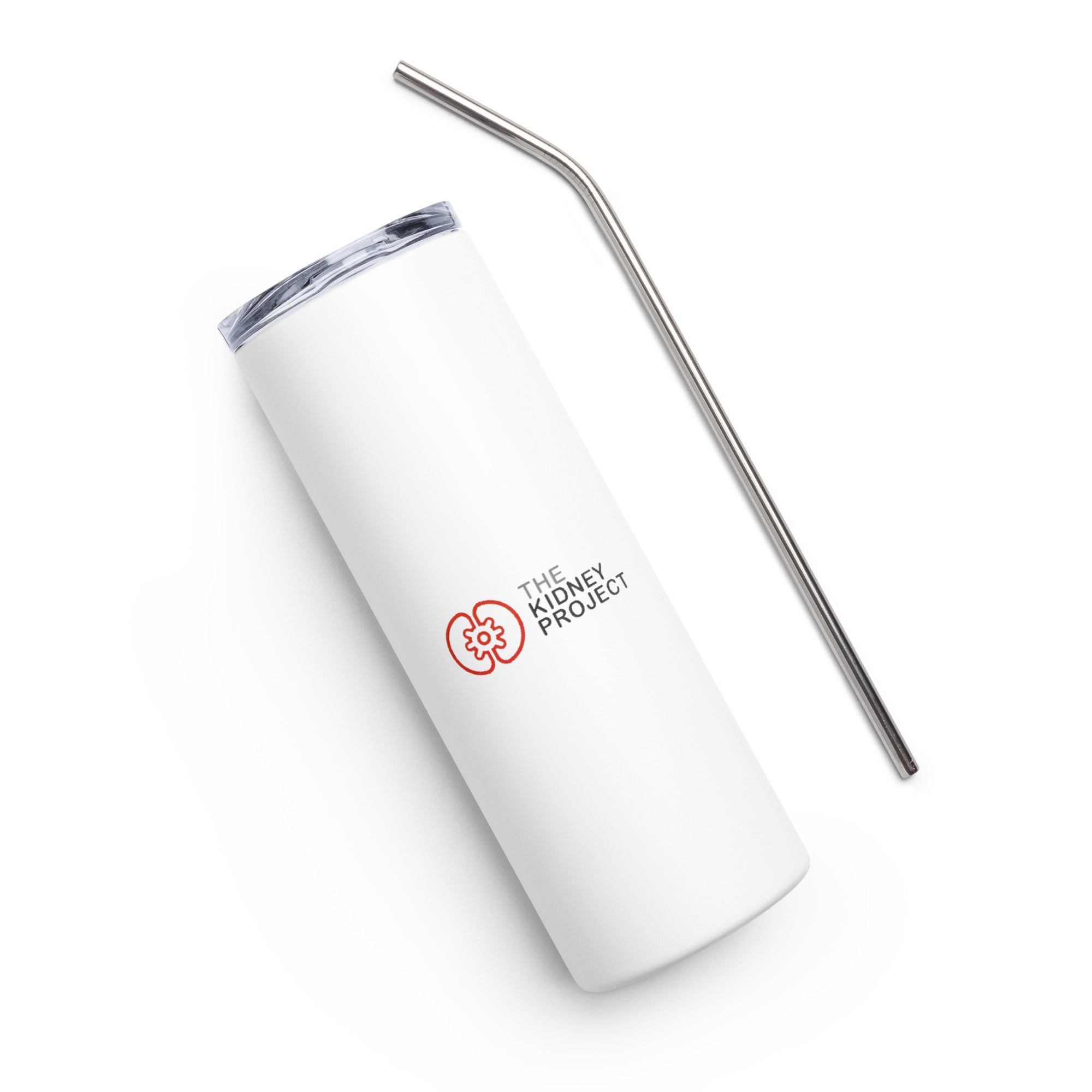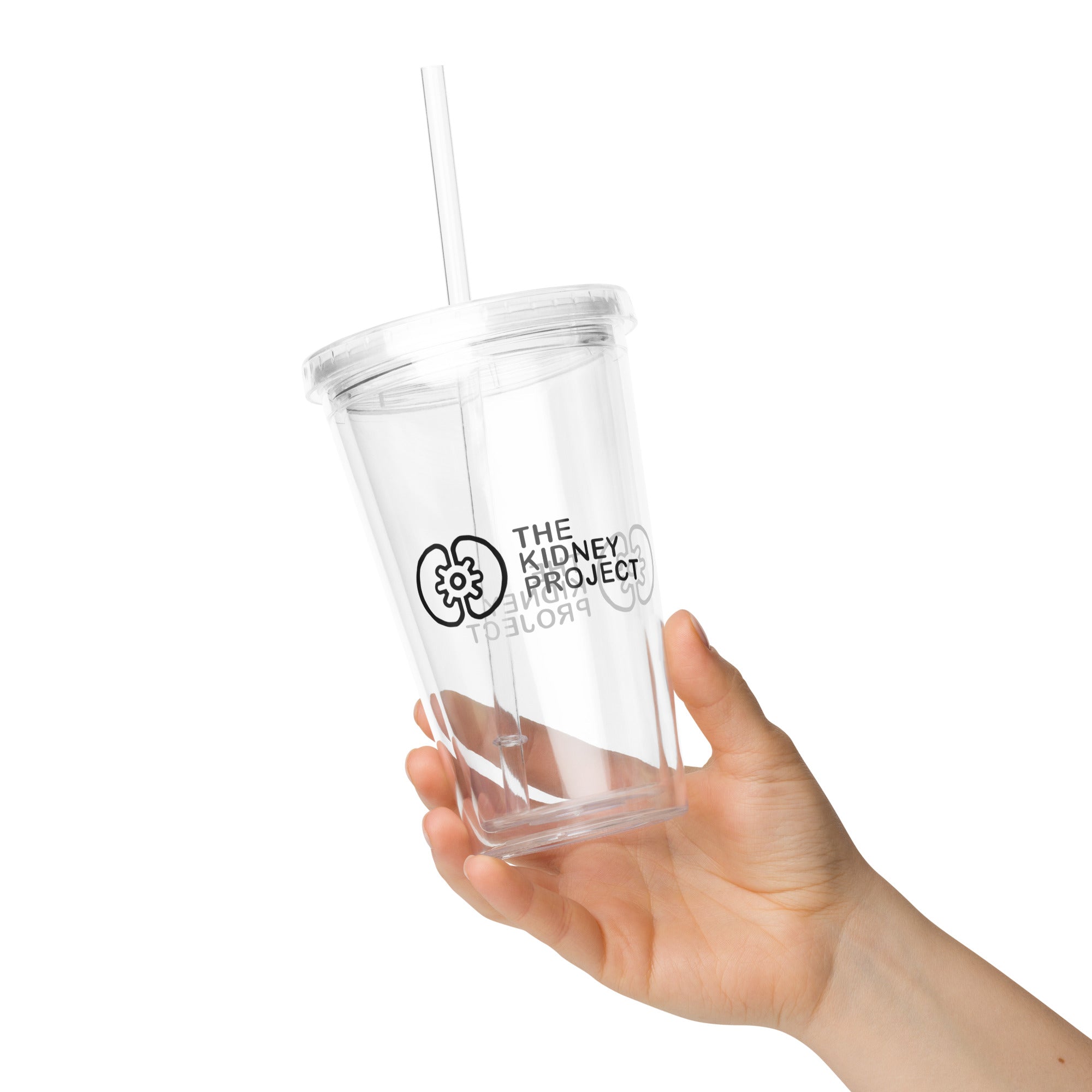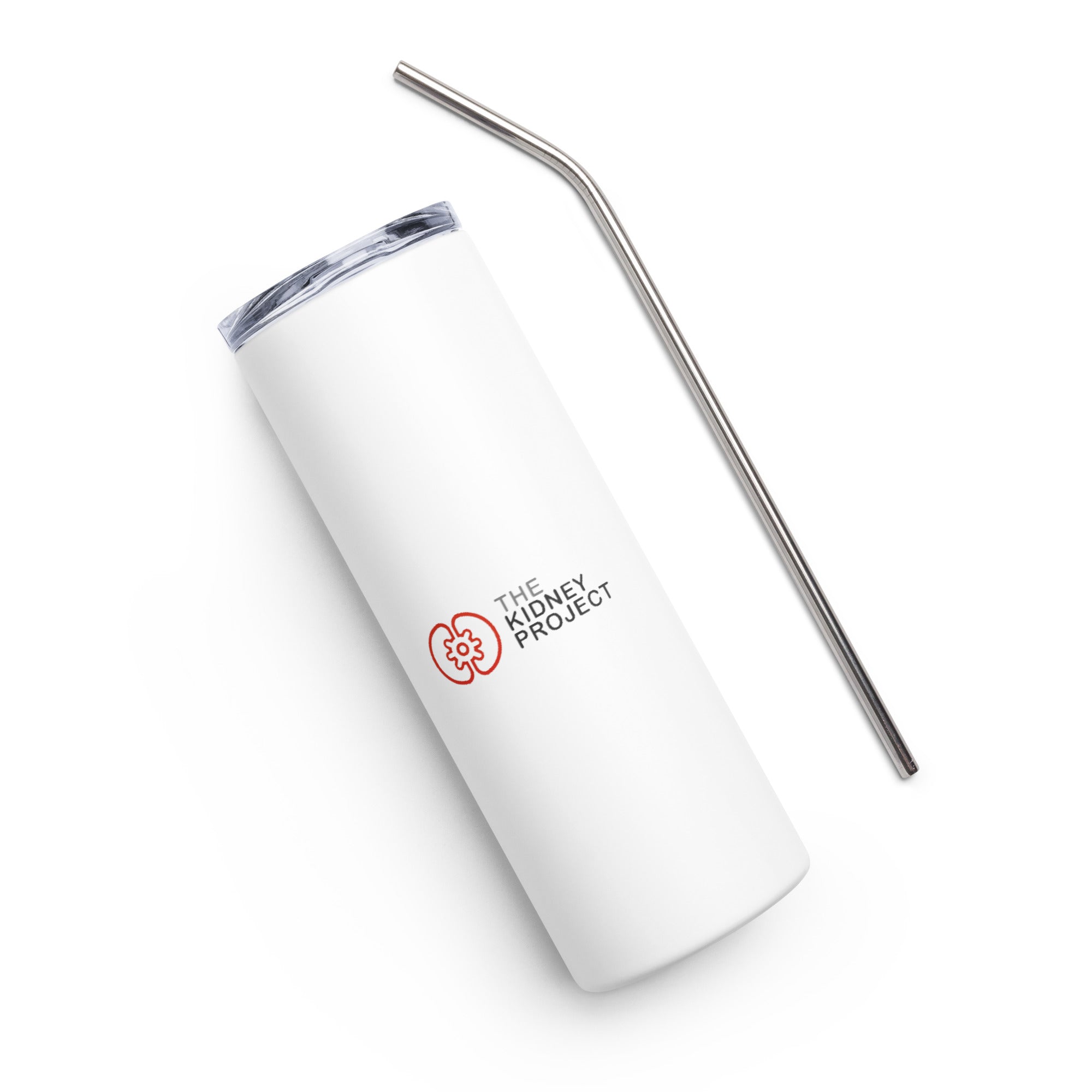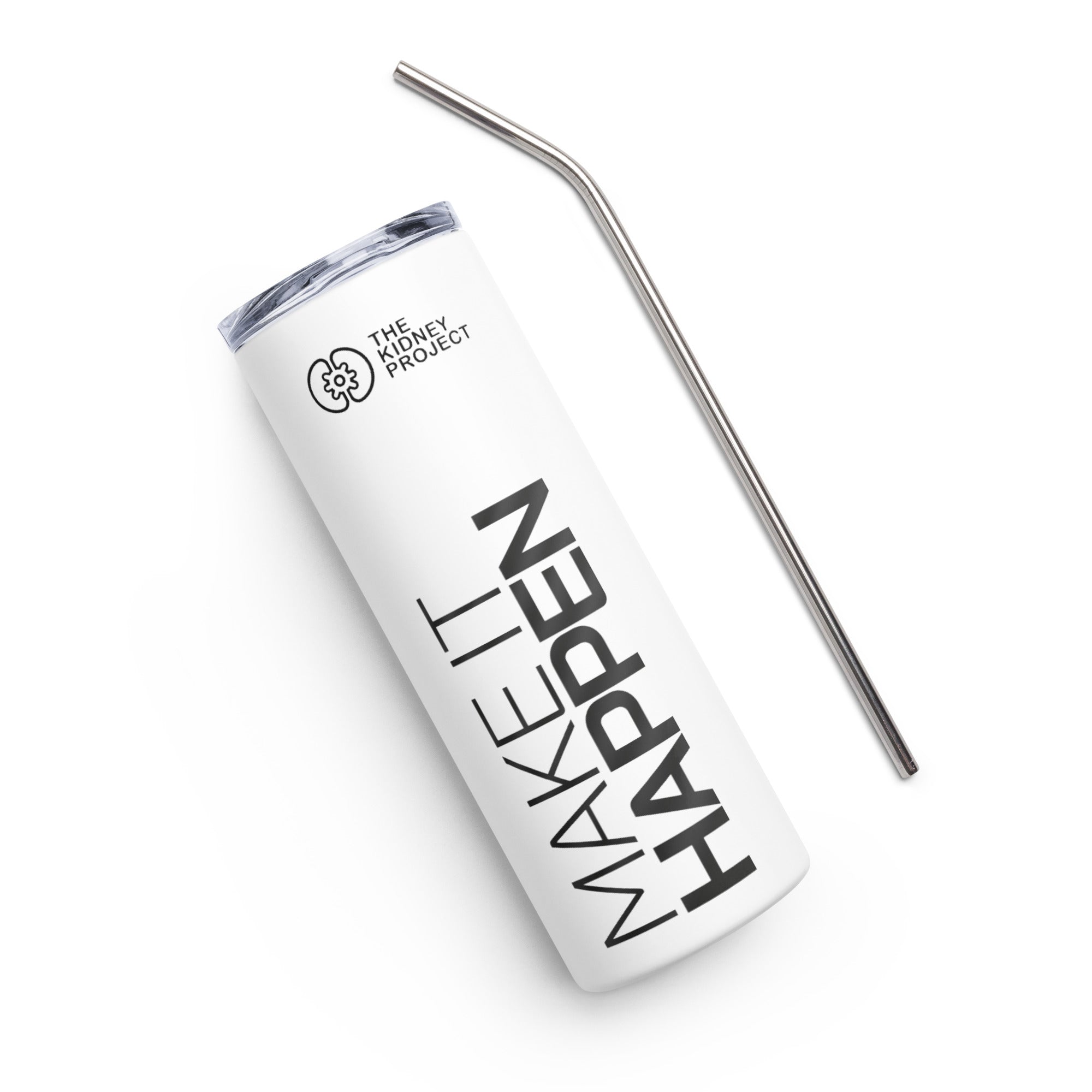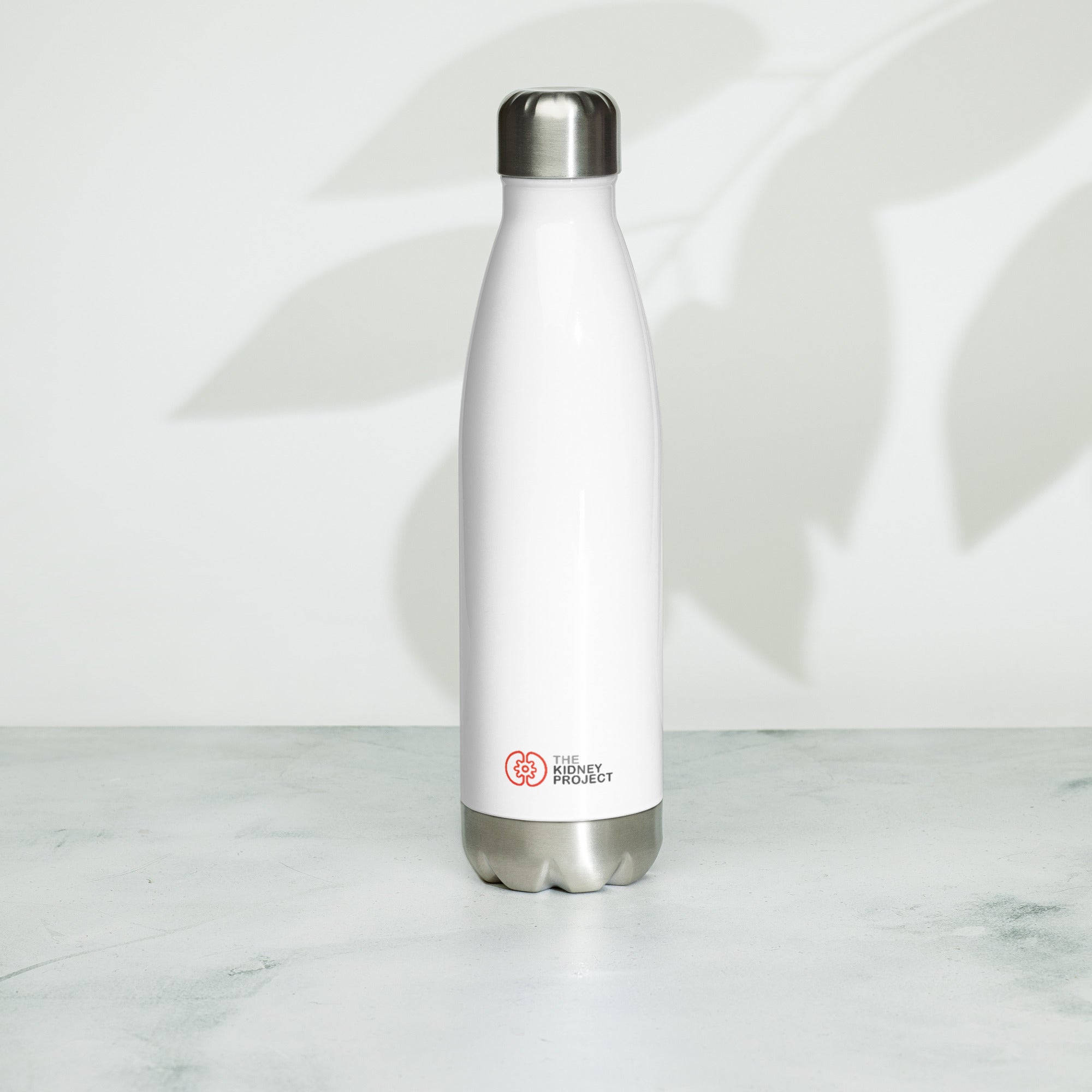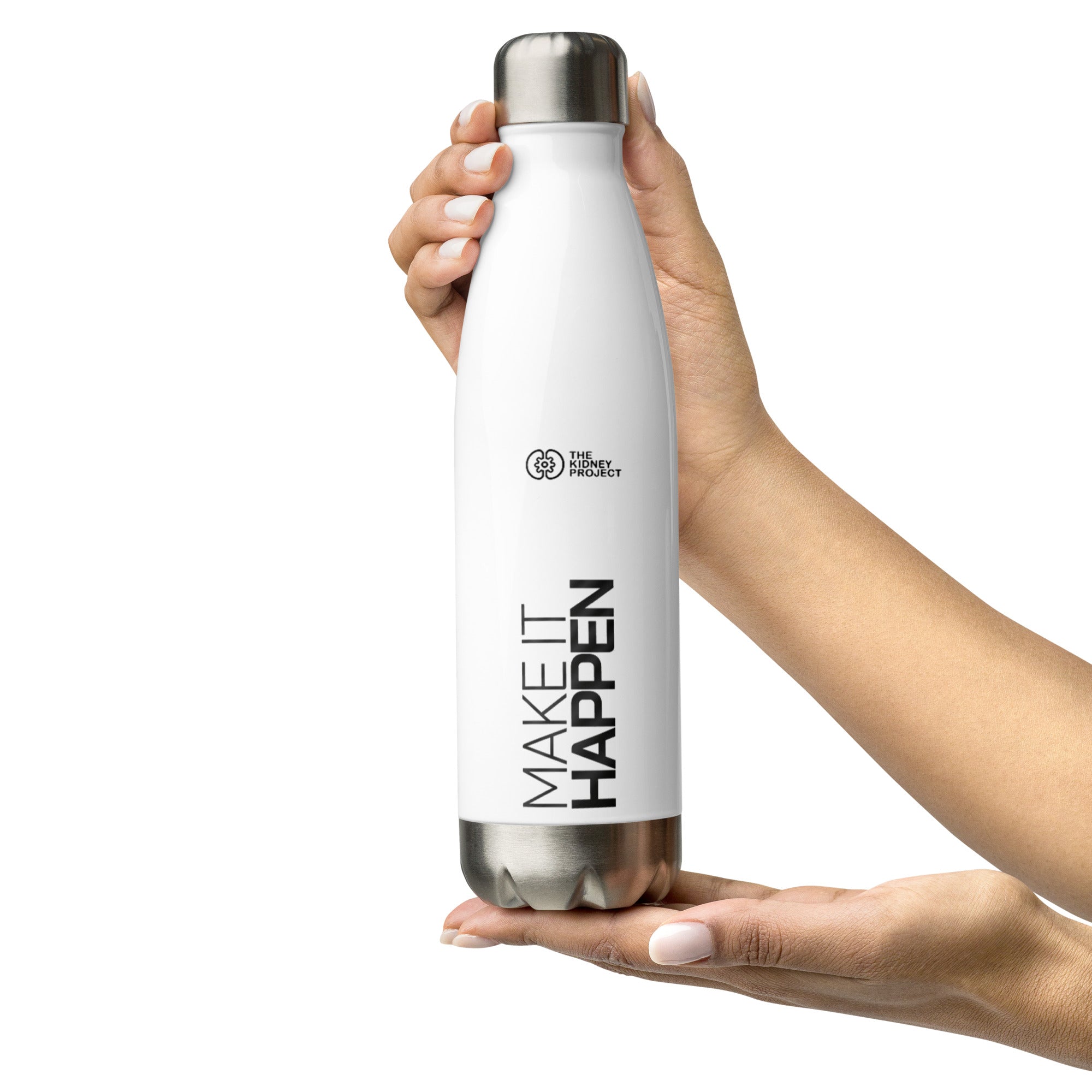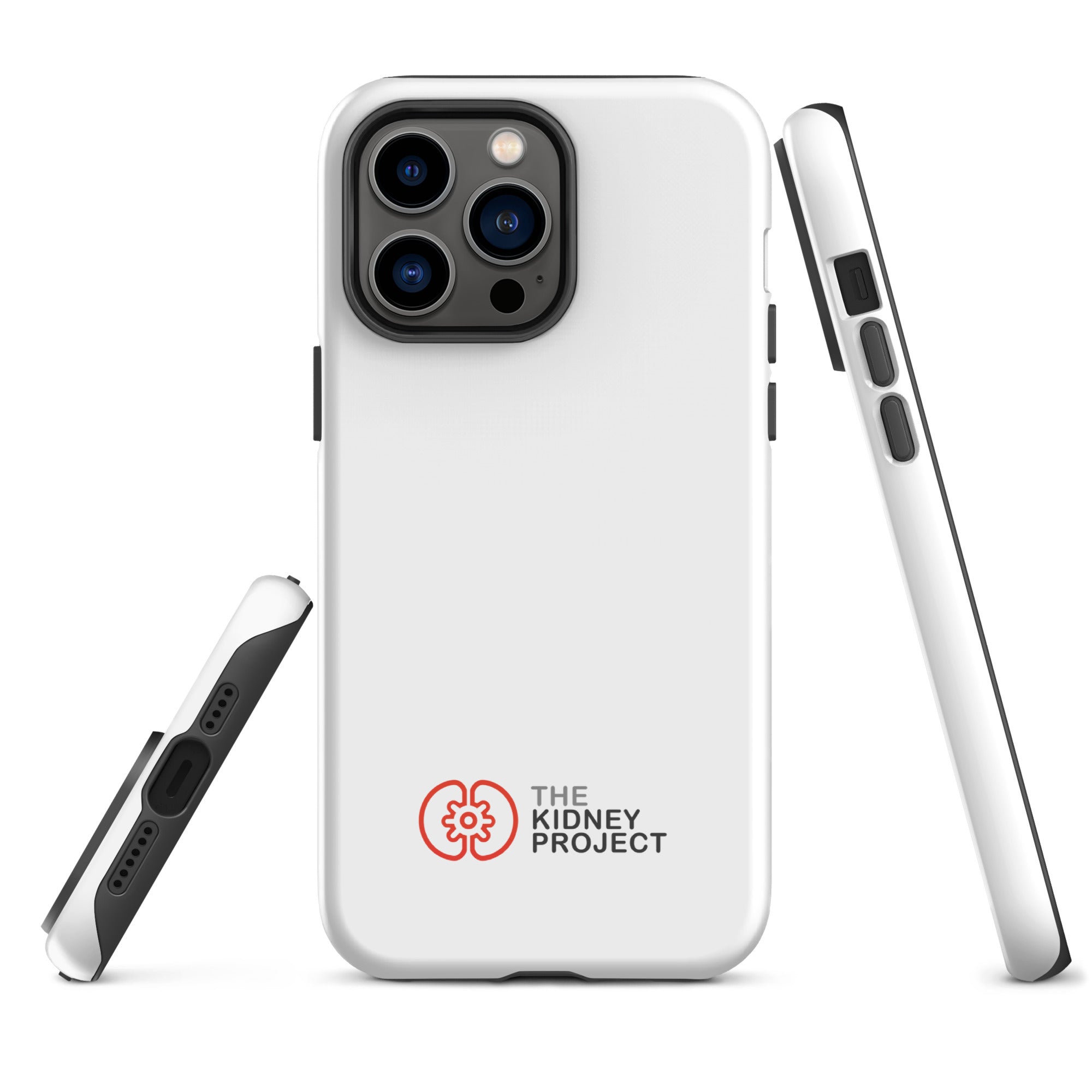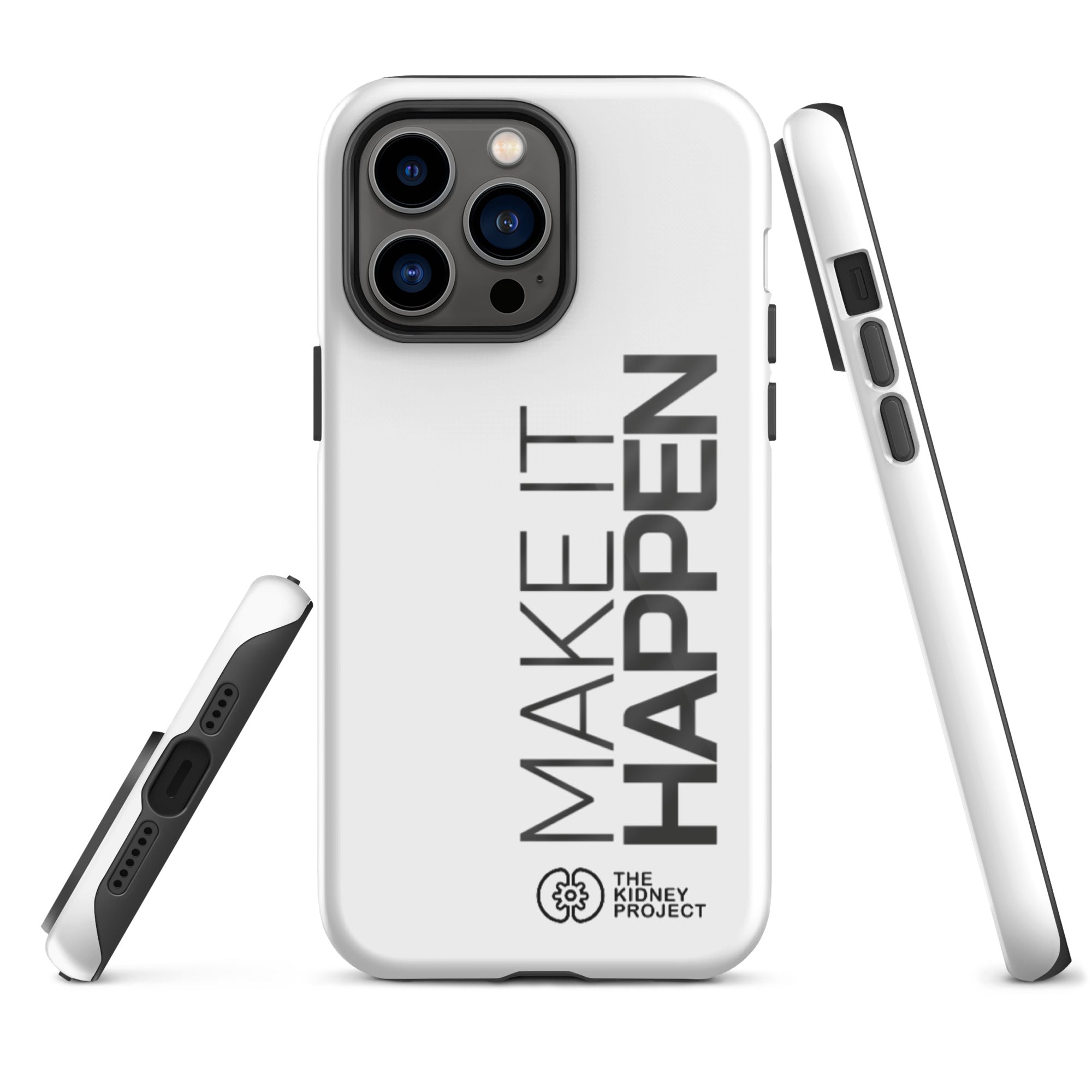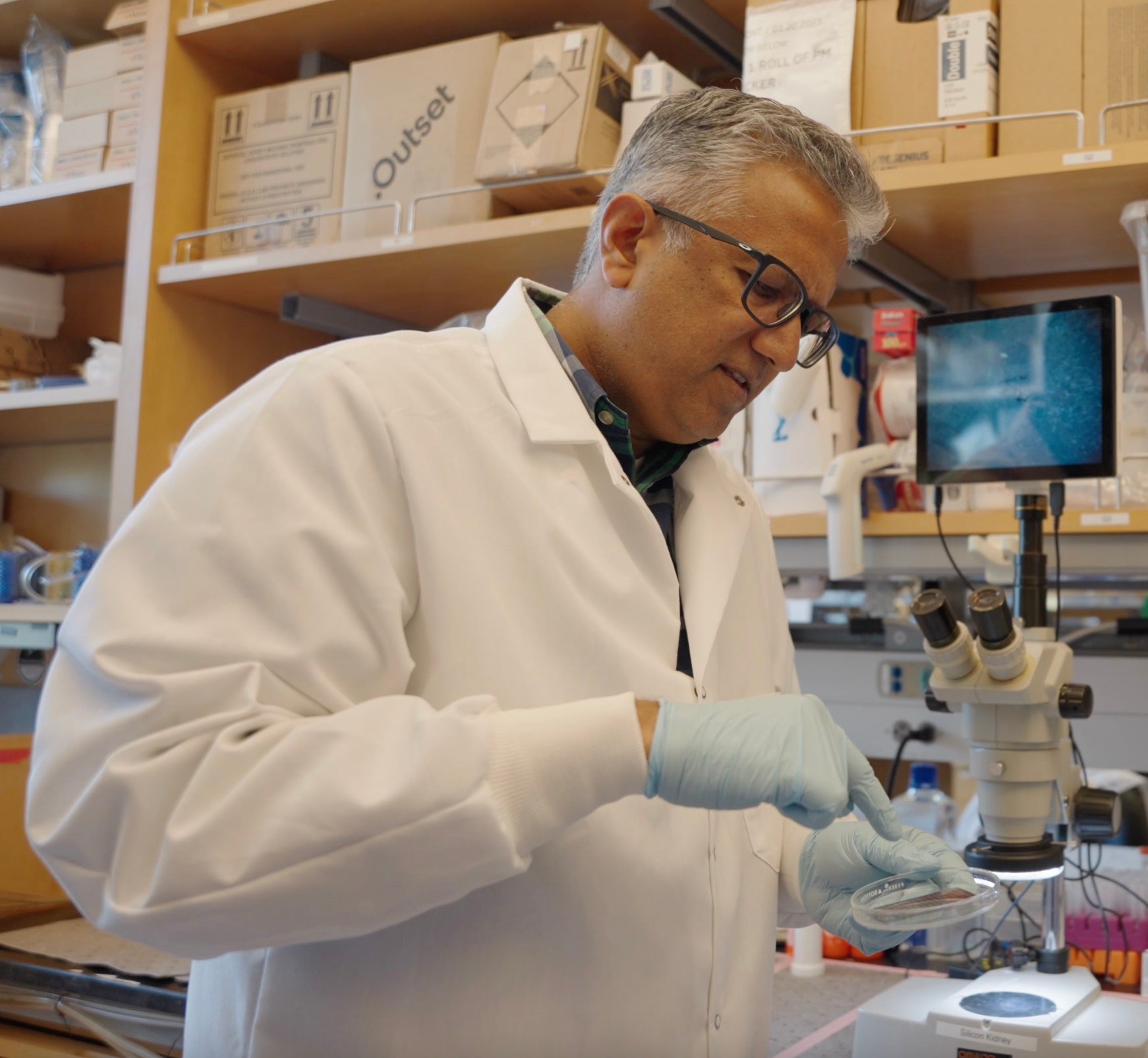
The Kidney Project
The Kidney Project is a national research and development collaboration led by bioengineer Shuvo Roy, PhD, at the University of California, San Francisco and William H. Fissell, MD, at Vanderbilt University, to develop the first-ever surgically implantable artificial kidney.
The project aims to offer individuals facing kidney failure an alternative to dialysis — enabling patients to lead a more mobile lifestyle that includes travel, a more liberal diet, and relief from the stress and uncertainty of waiting for a transplant.
Engineered to perform the critical functions of the natural kidney, the bioartificial kidney is powered by the body’s blood pressure, with no external connections or tethers. It is designed to provide continuous treatment, filtering the blood and balancing fluid and electrolyte levels 24 hours a day, and will not require immunosuppression medications.
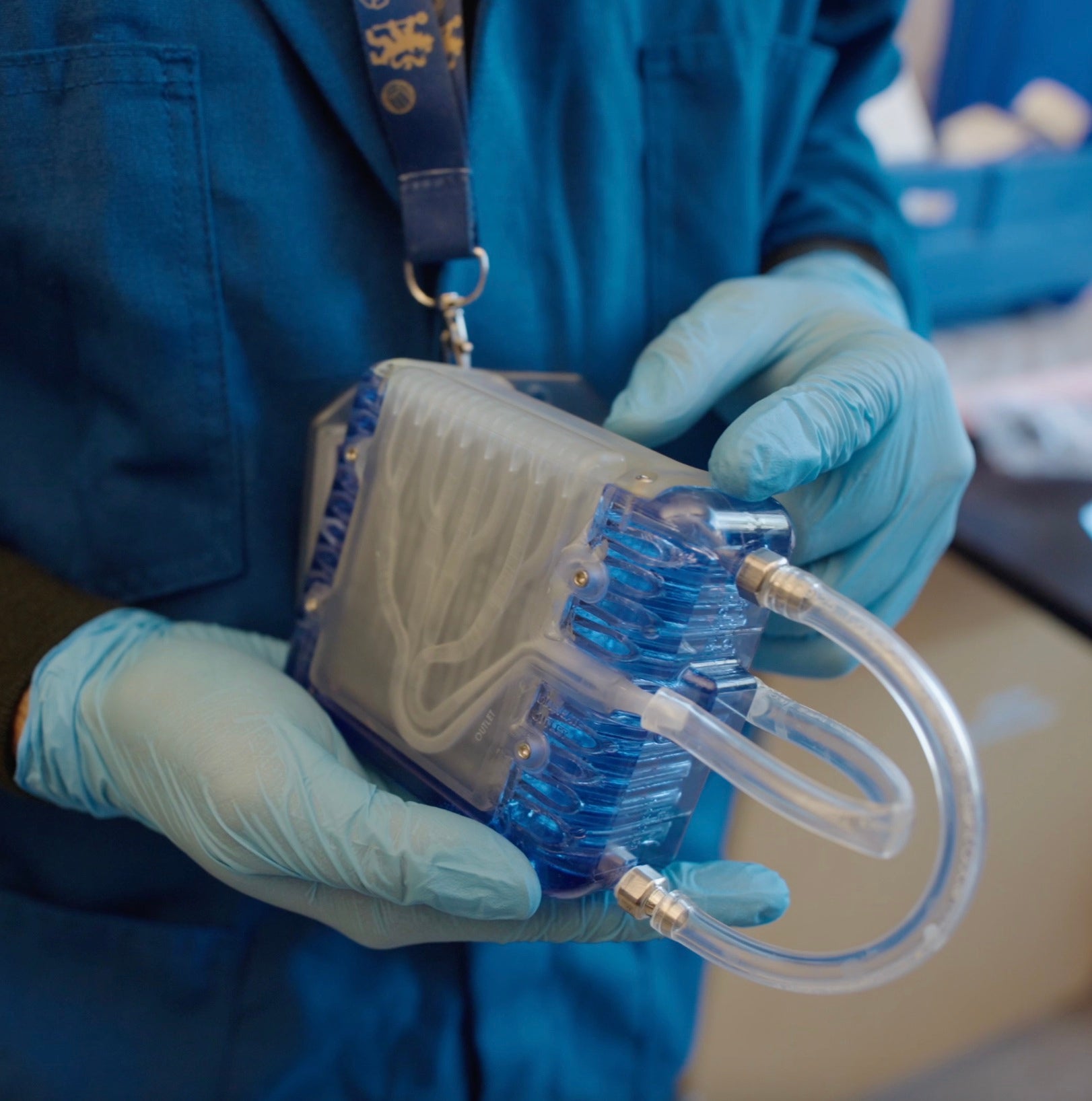
The device is about the size of a coffee cup
The bioartificial kidney features a compact hemofilter, or blood filter, made from semiconductor silicon membranes that are efficient enough to use the body’s blood pressure to perform filtration, without pumps or a power supply.
The hemofilter is connected to a bioreactor housing cultured kidney cells that reabsorbs salts and water, regulates blood pressure, and produces vitamin D. This two-stage system replicates key kidney functions, like water balancing and metabolism regulation, that conventional dialysis does not. Incorporating physical and biochemical sensors, the device will be able to detect malfunctions and monitor blood flow, urea clearance, and electrolyte balance.
Information on device performance and the patient’s health status can be wirelessly sent to the patient and healthcare provider.
Ways to support


Mantis BBQ Sauce
Inspired by our son and co-founders kidney disease,Mantis BBQ contributes 10% of sales to The Kidney Project.Mantis BBQ offers a variety of BBQ sauces and seasonings designed to enhance foods versus overpowering flavors. Delicious with anything cooked on the grill, smoker and more, the sauces and seasonings can also be used in dips, Bloody Mary’s, as marinades and even on ice cream!
Wear your support
Spread the word one item at a time
When you purchase from The Kidney Project Store, you are helping spread the word of the project, bringing hope and making a difference in the lives of people with kidney disease.
Testimonials
This shirt is very soft and comfortable! The logo is very well applied, and I can tell it will hold up in the wash. I got it in blue, and I love it. Happy to support this cause!
— Emily
Great shirt, soft and pretty.
— Maria
I hope you finish your project and we get the needed kidney. Blessings
Great looking tumbler. Happy to support the kidney project!
— Karen
Add customer reviews and testimonials to showcase your store’s happy customers.
— Author's name
Great product, many good and positive comments from people as we (wife & I) walked thru town. I’m definitely talking to people about the outstanding work “ Kidney Project” is doing in their investigation to find alternative solutions to CKD patients.
— Jose
Thank you
Shop The Kidney Project Store


Patient Stories
If you're interested in sharing your journey, inspire others and support The Kidney Project cause follow these simple steps to get your story featured in our website and Social Media.

Research and potential partnerships
Shuvo Roy, PhD
Director, The Kidney ProjectUCSF
Department of Bioengineering and Therapeutic Sciences
shuvo.roy@ucsf.edu
UCSF Byers Hall1700 4th St, Rm 203
San Francisco, CA 94158-2330
